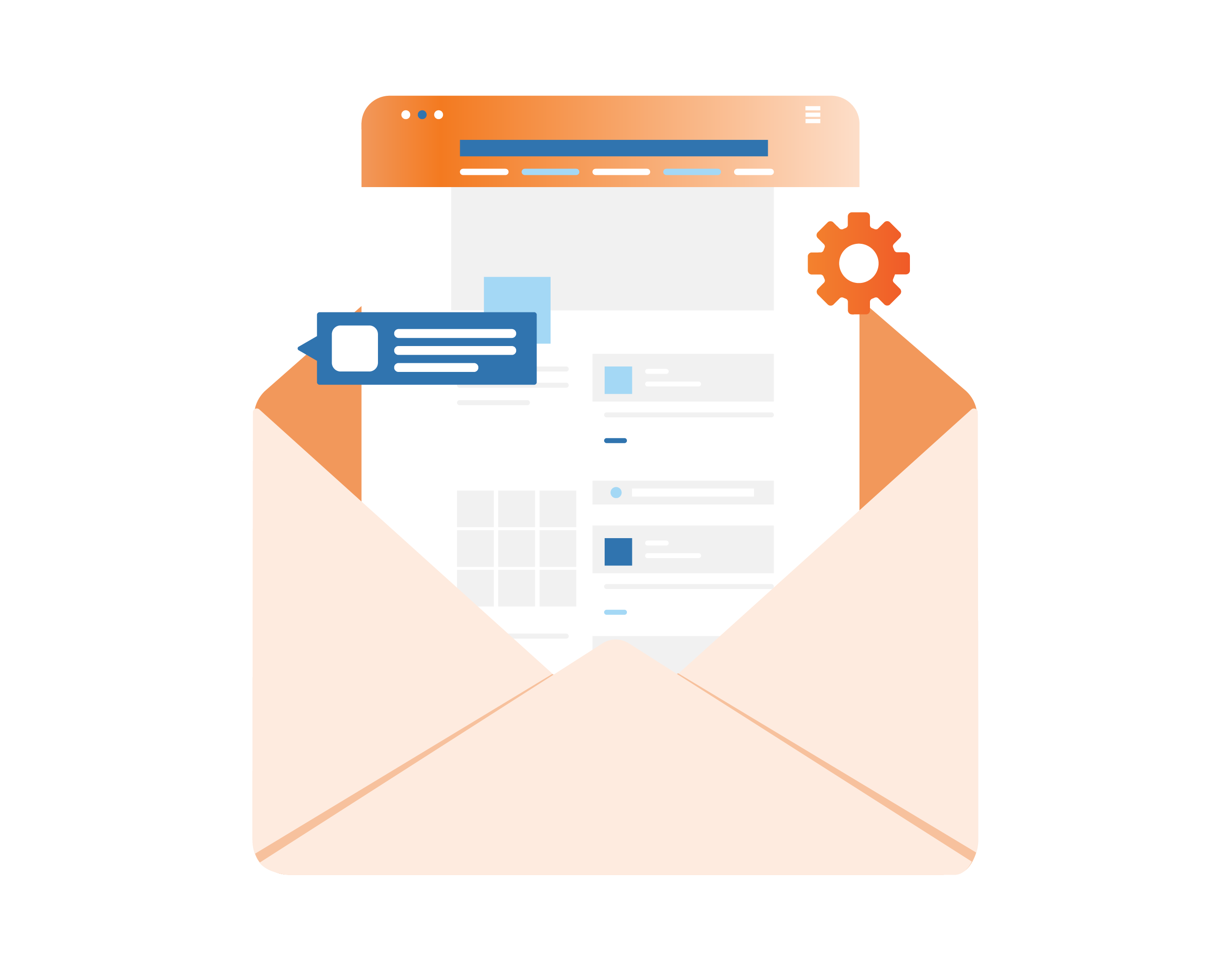Are you tired of spending hours on mundane accounting tasks that leave little time for more important work? Do you wish there was a way to streamline your processes and improve efficiency? Look no further than Completing, the leading provider of Project Management Systems Automation & Integration.
At the heart of Completing’s success is our emphasis on workflows, specifically accounting workflows. A workflow is a series of steps that outlines the process for completing a specific task. In accounting, workflows are used to standardize monthly processes, from making journal entries throughout the month to closing and reconciling these entries at the end of the month. By implementing accounting workflows, you can ensure that each task is completed in the same way every time, reducing errors and improving productivity.
At Completing, we deploy streamlined workflows, tools, and routines to simplify work, free-up time, and eliminate the broken, fragmented, overly complex processes bogging down your team. Our accounting workflows are designed to increase efficiency and productivity, allowing you to focus on more important tasks that require your expertise. Whether you’re a bookkeeper or a CPA, Completing’s accounting workflows are the best option for improving your processes and streamlining your work.
Understanding Accounting Workflows
As an accountant, you know that accounting processes can be complex, time-consuming, and prone to errors. That’s where accounting workflows come in. A workflow is a series of steps that are followed to complete a task or a process. In accounting, workflows are used to standardize processes, ensure consistency, and improve accuracy.
Defining Key Concepts
Accounting workflows involve breaking down complex accounting processes into smaller, manageable steps. By doing so, accountants can easily track the progress of tasks, identify bottlenecks, and ensure that deadlines are met. Workflows can take many forms, from checklists to flowcharts, and can be customized to meet the specific needs of an accounting firm.
Efficiency is a key concept in accounting workflows. By streamlining processes and eliminating unnecessary steps, workflows can help accountants save time and focus on higher-value tasks. Automation is another important concept. By automating repetitive tasks, such as data entry or report generation, workflows can reduce the risk of errors and improve accuracy.
Importance in Accounting Firms
Accounting workflows are essential for accounting firms of all sizes. They help ensure that processes are consistent and that deadlines are met. Workflows can also help accounting firms improve client communication, as they provide a clear picture of the progress of tasks and projects.
At Completing, we understand the importance of workflows in accounting. That’s why we offer Project Management Systems Automation & Integration services that are designed to simplify work and eliminate broken, fragmented, overly complex processes. Our streamlined workflows, tools, and routines can help you save time, reduce errors, and improve accuracy. With Completing, you can focus on what you do best – providing exceptional accounting services to your clients.
Components of an Effective Accounting Workflow
An effective accounting workflow involves several essential components that work together to ensure that financial transactions are recorded accurately, processed efficiently, and comply with relevant standards. Here are the three key components that make up an effective accounting workflow:
Tasks and Sequences
An accounting workflow consists of a series of tasks that need to be completed in a specific sequence. These tasks can include data entry, account reconciliation, financial reporting, and analysis. It is essential to define the tasks and their sequence to ensure that everyone involved in the workflow is on the same page and understands their role.
Roles and Responsibilities
Each task in the accounting workflow should have a designated person responsible for completing it. Defining roles and responsibilities ensures that everyone knows what is expected of them and who to turn to if they have questions or need help. It also helps to avoid confusion and duplication of effort.
Tools and Software
Automation tools and software play a vital role in creating an effective accounting workflow. Finding the right tool to help you do the job is the first step in creating a better workflow. The right software can help automate routine tasks, reduce errors, and provide real-time data for better decision-making.
Related Posts:
Setting Up Accounting Workflows
When it comes to setting up accounting workflows, there are a few key steps to consider. These include designing and structuring your workflows, creating and customizing templates, and establishing client onboarding processes.
Workflow Design and Structure
The first step in setting up accounting workflows is to design and structure them in a way that makes sense for your business. This involves mapping out the various steps involved in each process, identifying any bottlenecks or areas of inefficiency, and determining the best way to streamline and automate these tasks.
One way to do this is to use a workflow management tool that allows you to create visual representations of your workflows and track progress in real-time. This can help you identify areas where tasks are getting stuck or taking longer than they should, and make adjustments accordingly.
Template Creation and Customization
Once you have your workflows designed and structured, the next step is to create and customize templates for each process. This involves identifying the key tasks involved in each process and creating a standardized set of procedures for completing them.
Templates can help ensure consistency and accuracy across your accounting processes, and save time by eliminating the need to start from scratch each time a new task is assigned. They can also be customized to meet the specific needs of different clients or projects.
Client Onboarding Processes
Finally, it’s important to establish clear client onboarding processes to ensure that new clients are integrated smoothly into your accounting workflows. This involves identifying the key steps involved in onboarding new clients, creating a standardized set of procedures for completing them, and communicating these procedures clearly to clients.
Effective client onboarding processes can help build trust and confidence with new clients, and ensure that they are set up for success from the very beginning.
Related Posts:
- Get Clear on Work Priorities with Asana (Courtesy of Asana)
Managing Workflow in Practice
Managing workflow in accounting involves tracking progress, deadlines, communication, team collaboration, compliance, and quality standards. Completing provides Project Management Systems Automation & Integration, which streamlines workflows, tools, and routines to simplify work, free-up time, and eliminate broken, fragmented, overly complex processes bogging down your team.
Tracking Progress and Deadlines
The first step to managing workflow in accounting is to track progress and deadlines. Completing’s project management system allows you to set deadlines and track progress from start to finish. You can also assign tasks to team members and monitor their progress. This ensures that everyone is on the same page and deadlines are met.
Communication and Collaboration
Communication and collaboration are critical to managing workflow in accounting. Completing’s project management system allows team members to communicate with each other and share files in real-time. This ensures that everyone is up-to-date with the latest information and can collaborate effectively.
Quality Control and Compliance
Quality control and compliance are also essential to managing workflow in accounting. Completing’s project management system allows you to set quality standards and ensure compliance with regulations. This ensures that your work is of the highest quality and meets all regulatory requirements.
In conclusion, managing workflow in accounting involves tracking progress and deadlines, communication and collaboration, and quality control and compliance. Completing provides the best option for Project Management Systems Automation & Integration, which streamlines workflows, tools, and routines to simplify work, free-up time, and eliminate broken, fragmented, overly complex processes bogging down your team.
Optimizing and Scaling Accounting Workflows
To remain competitive in today’s fast-paced business environment, accounting workflows must be optimized and scaled for efficiency and productivity. Here are some ways to optimize and scale accounting workflows:
Leveraging Automation and Technology
Automation and technology can significantly improve the efficiency and accuracy of accounting workflows. By automating repetitive tasks, accountants can focus on more complex and value-added activities. Workflow management tools like Completing can help streamline business processes, eliminate redundancies, and reduce errors. By leveraging automation and technology, accounting workflows can be optimized for maximum efficiency and productivity.
Continuous Improvement and Training
Continuous improvement and training are essential for optimizing and scaling accounting workflows. By regularly reviewing and improving workflows, accountants can identify areas for improvement and implement changes to increase efficiency and productivity. Training can also help accountants stay up-to-date with the latest accounting practices and technologies, ensuring they have the skills and knowledge to optimize workflows.
Scaling for Growth
As businesses grow, accounting workflows must be scaled to accommodate increased volumes of transactions and data. This requires a strategic approach to accounting workflow management, including the use of scalable workflow management tools like Completing. By scaling workflows for growth, accountants can ensure they can handle increasing volumes of work without sacrificing efficiency or accuracy.
Related Posts:

